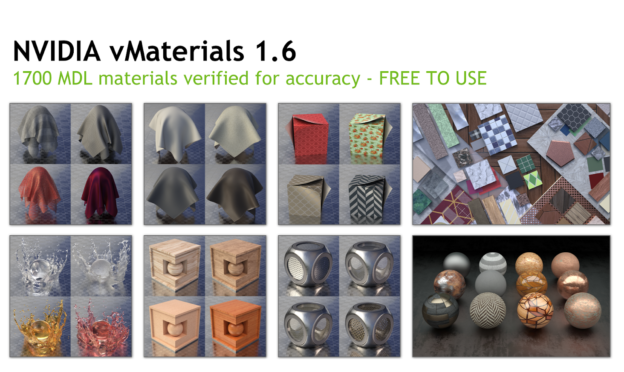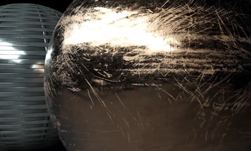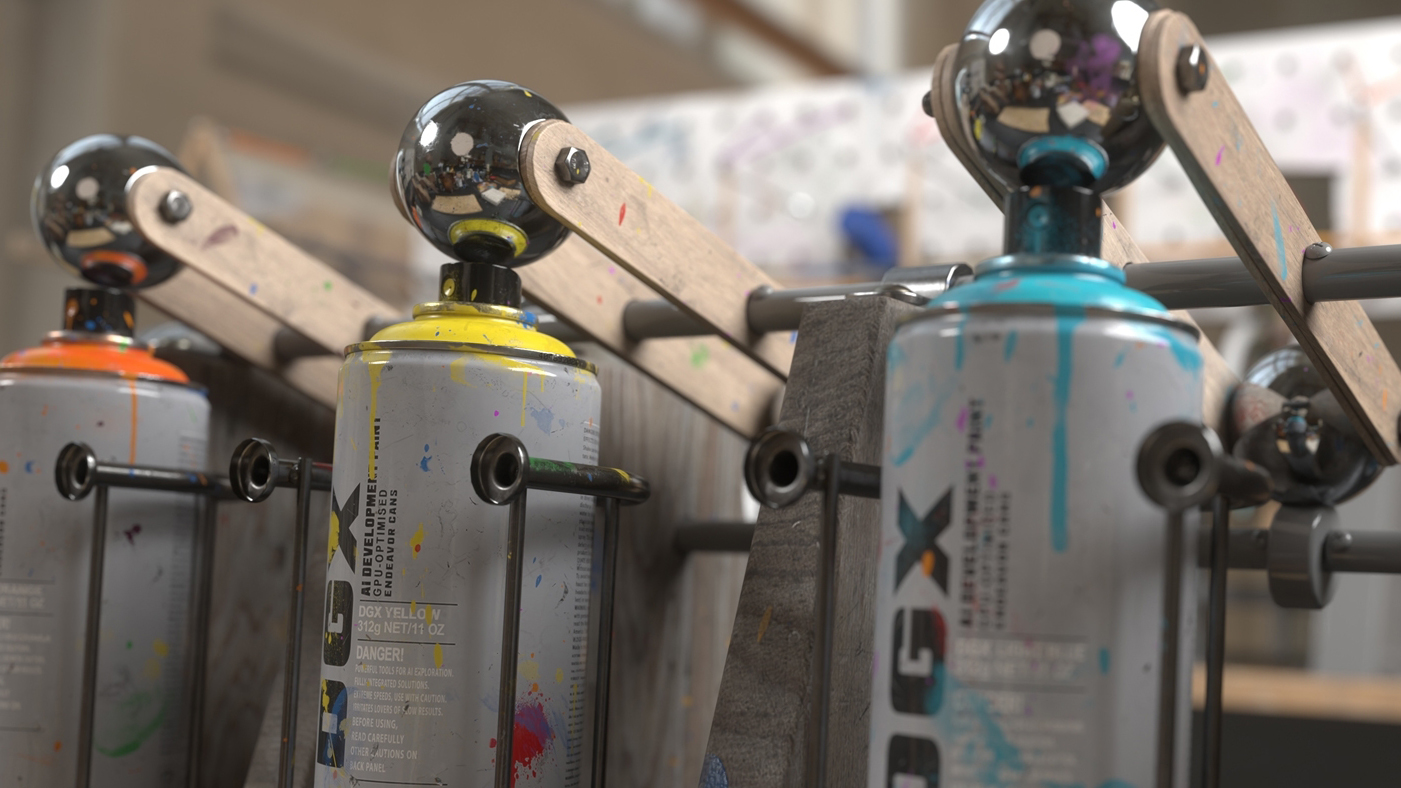At SIGGRAPH 2019, NVIDIA shared the latest on Material Definition Language (MDL), a technology developed to define physically based materials for rendering solutions.
In their talk, NVIDIA’s Lutz Kettner and Jan Jordan present how MDL can be used to match the appearance of a single material within different rendering techniques.
“With RTX technology, materials that are tricky for today’s game engines are now possible to do,” explained Jordan. “The MDL SDK directly generates material code for use in RTX-enabled renderers, so developers can create materials and graphics with high fidelity.”
Overview of Material Definition Language
Looking at how artists used elements of traditional shading language, there was a need for a single shading solution that provided materials based on one definition, so users could render that material using different renderers.
MDL is the solution that provides this material definition through using bidirectional scattering distribution functions (BSDF). This enables artists to create various materials like metallic paints, clothing, fabrics and more.
For example, the newly released NVIDIA vMaterials 1.6 library contains 1700 materials available for artists to use. With the layering capabilities of MDL, designers can adjust the materials to get the look that’s needed. Since vMaterials are built on MDL, they can easily be saved and opened in other supporting applications.
The main focus of MDL is to have open material exchange, so artists can choose where to author material content and make them work anywhere. This allows materials to be free from specific applications, so artists can pick which tool they use to create materials, where to modify them, and how to consume the content.

Benefits of MDL include:
- Independence from the rendering algorithm, targets conventional rasterizer as well as modern production path tracers
- Designed for modern parallel architectures: no dynamic memory allocations, little data dependencies, and side-effect free functions
- Realtime rendering and editing experiences on GPUs
- Expressiveness to represent advanced modern production materials
- Easy support for measured materials and workflow
- Mechanisms for modules, packages, and archives, which allows users to create and deliver full material catalogs
Learn About the NVIDIA MDL SDK 2019
With the NVIDIA MDL SDK 2019, developers can explore quick integration of physically-based materials into rendering applications. The MDL SDK is available as an Open Source release as well as a pre-built binary release.
The MDL SDK offer several features, including:
- Support of the latest MDL 1.5 Specification
- In-memory database for MDL definitions
- MDL editing
- Compilation of full materials including their BSDFs
- Compiler with backends for x86 native code, PTX, HLSL, GLSL, and LLVM IR
- Distiller and texture baker
- Extensive code examples and documentation
To learn more about MDL, watch the session with Kettner and Jordan.
Hear more about the latest NVIDIA technology by watching on-demand sessions or developer talks from SIGGRAPH.









